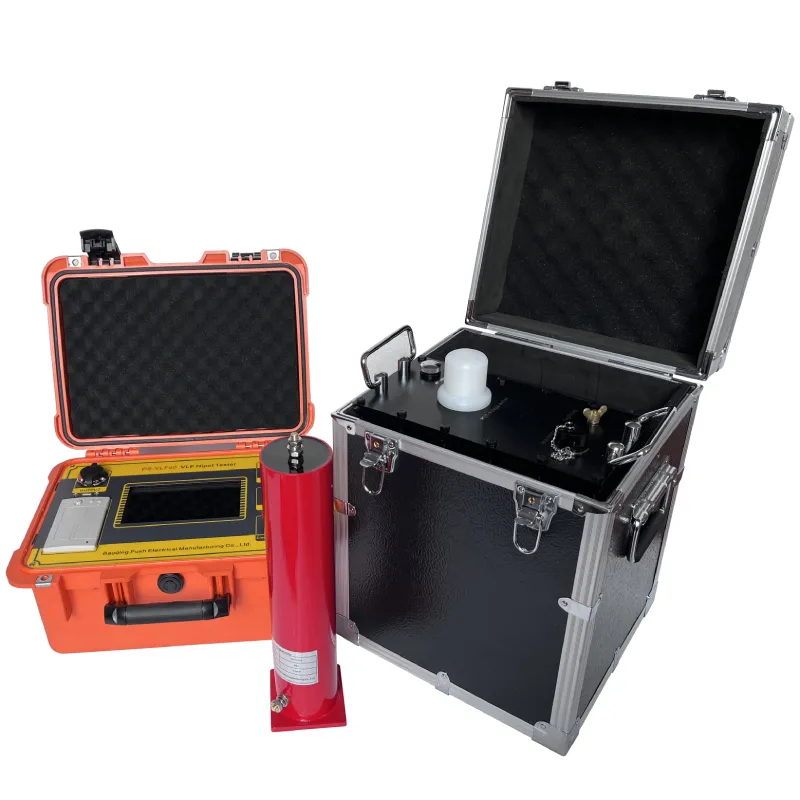 English
English


basic gas chromatography
Understanding Basic Gas Chromatography
Gas chromatography (GC) is a powerful analytical technique used for separating and analyzing compounds that can be vaporized without decomposition. It is widely employed in various fields such as chemistry, pharmaceuticals, environmental testing, and food safety. This article aims to provide an overview of the basic principles of gas chromatography, its components, and its applications.
At its core, gas chromatography relies on the partitioning of compounds between a stationary phase and a mobile phase. The stationary phase is typically a liquid or solid material coated onto a solid support within a column, while the mobile phase is an inert gas, such as helium or nitrogen, that carries the sample through the column. The sample to be analyzed is vaporized and injected into the column, where it is transported by the mobile phase.
Understanding Basic Gas Chromatography
The column itself is crucial for the separation process. It can be packed or capillary, with the latter being more commonly used in modern GC systems due to its higher efficiency and resolution. As the vaporized sample travels through the column, different compounds interact with the stationary phase to varying degrees based on their chemical properties, such as boiling point and polarity. Compounds that have a stronger affinity for the stationary phase will take longer to elute, while those with weaker interactions will elute more quickly.
basic gas chromatography

As compounds exit the column, they flow into a detector, which measures their quantities and produces a signal proportional to the concentration of the analytes. Common detectors include flame ionization detectors (FID), thermal conductivity detectors (TCD), and mass spectrometers (MS). Each detector has its advantages and limitations; for instance, FID is highly sensitive to hydrocarbons, while MS provides structural information about the compounds.
The output from the detector is typically displayed as a chromatogram, which is a plot of detector response versus time. Each peak in the chromatogram corresponds to a different compound in the sample. The position of a peak indicates the retention time, which can be used to identify the compound, while the area under the peak correlates with its concentration.
Gas chromatography is an invaluable tool in various applications. In the pharmaceutical industry, it is used for the purity testing of drugs. Environmental agencies utilize GC for analyzing pollutants in air, water, and soil. Furthermore, in the food industry, it helps in ensuring product safety and quality by detecting contaminants and verifying flavor compounds.
In summary, basic gas chromatography is a fundamental analytical technique that excels in separating and quantifying volatile compounds. Its versatility and efficiency have made it a cornerstone of modern analytical chemistry, enabling scientists and researchers to conduct precise analyses across a wide range of sectors. Understanding the principles and components of GC is essential for its effective application in research and industry.
-
Differences between open cup flash point tester and closed cup flash point testerNewsOct.31,2024
-
The Reliable Load Tap ChangerNewsOct.23,2024
-
The Essential Guide to Hipot TestersNewsOct.23,2024
-
The Digital Insulation TesterNewsOct.23,2024
-
The Best Earth Loop Impedance Tester for SaleNewsOct.23,2024
-
Tan Delta Tester--The Essential Tool for Electrical Insulation TestingNewsOct.23,2024





